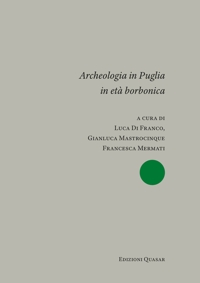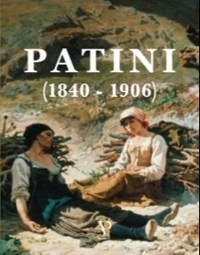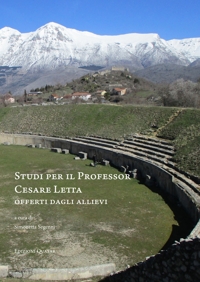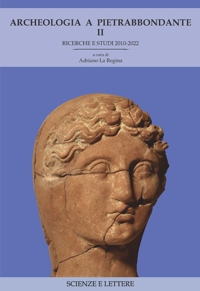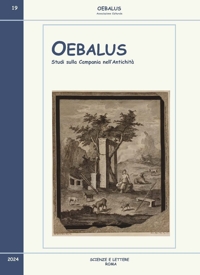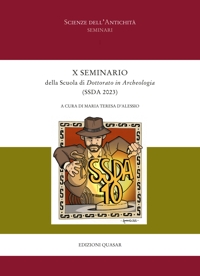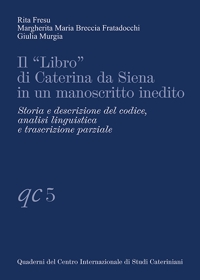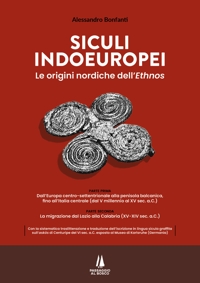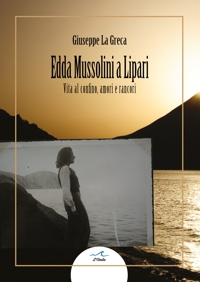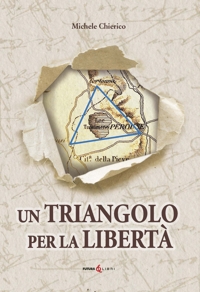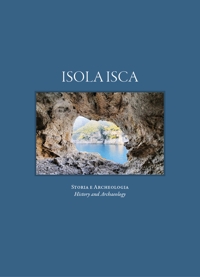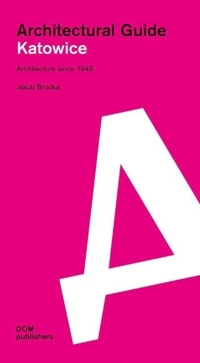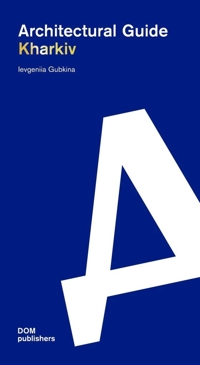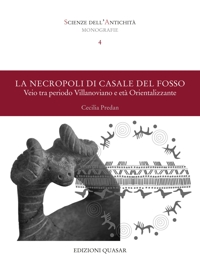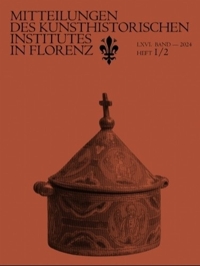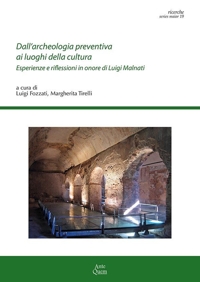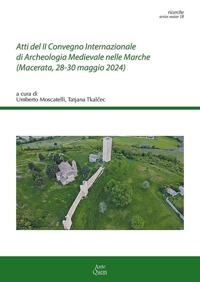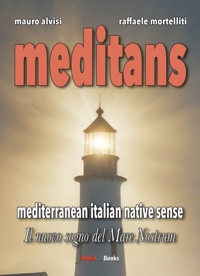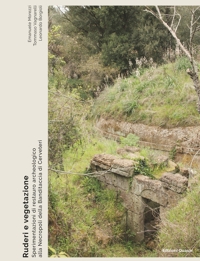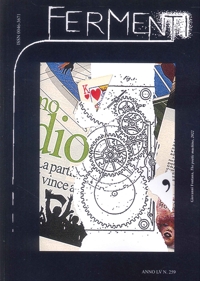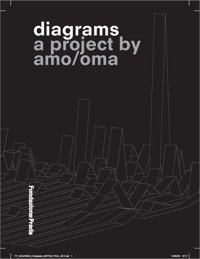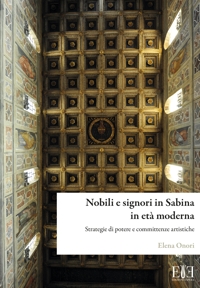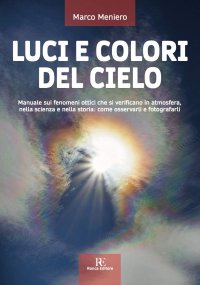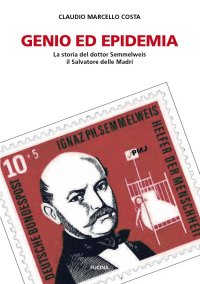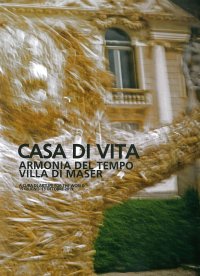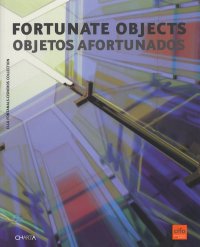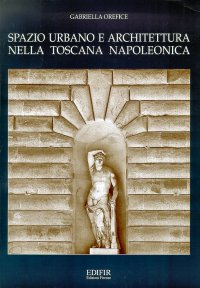Felice Palma. Massa 1583-1625. Collezione / Collection.
Texts by Andrei Cristina, Ciarlo Nicola, Federici Fabrizio, Claudio Casini and Sara Ragni.
Italian and English Text.
Pontedera, 2024; bound in a case, pp. 289, b/w and col. ill., b/w and col. plates, cm 24,5x34.
(L'Oro Bianco. Straordinari Dimenticati. The White Gold Forgotten Masters).
cover price: € 160.00
|
Books included in the offer:
Felice Palma. Massa 1583-1625. Collezione / Collection.
Texts by Andrei Cristina, Ciarlo Nicola, Federici Fabrizio, Claudio Casini and Sara Ragni.
Italian and English Text.
Pontedera, 2024; bound in a case, pp. 289, b/w and col. ill., b/w and col. plates, cm 24,5x34.
(L'Oro Bianco. Straordinari Dimenticati. The White Gold Forgotten Masters).
FREE (cover price: € 160.00)
Le botteghe del marmo
Italian and English Text.
Ospedaletto, 1992; bound, pp. 153, 10 b/w ill., 60 col. ill., cm 24x29.
(Immagine).
FREE (cover price: € 34.49)
Museo Stefano Bardini. I Bronzetti e gli Oggetti d'Uso in Bronzo
Edited by Nesi A.
Firenze, 2009; paperback, pp. 191, 102 b/w ill., 7 col. ill., cm 17x24,5.
(Museo Stefano Bardini).
FREE (cover price: € 30.00)
Bronzetti e Rilievi dal XV al XVIII Secolo
Bologna, 2015; 2 vols., bound in a case, pp. 729, ill., col. plates, cm 21,5x30,5.
FREE (cover price: € 90.00)
Ghitti. Altri alfabeti-Other alphabets
Edizioni Charta
Teglio, Palazzo Besta, August 2 - October 30, 2003.
Edited by C. Cerritelli.
Italian and English Text.
Milano, 2003; paperback, pp. 87, ill., cm 21x27.
ISBN: 88-8158-442-5 - EAN13: 9788881584420
Subject: Essays (Art or Architecture),Monographs (Sculpture and Decorative Arts)
Period: 1800-1960 (XIX-XX) Modern Period,1960- Contemporary Period
Places: No Place
Languages: 

Weight: 0.47 kg
Franca Ghitti was born and spent her childhood in Erbanno in Valcamonica where her family owned a large sawmill. There she learned to conceive of sculpture as a concrete form that establishes "points of contact " between the deep roots of a community and contemporary culture. Ghitti trained at Brera Academy in Milan, attended the Académie de la Grande Chaumière in Paris, and the course in engraving directed by Kokoschka in Salzburg. From 1969 to 1971 Ghitti lived and worked in Kenya on behalf of the Foreign Office. Contact with numerous tribal cultures clarified for her the value of formal codes as sediments, non-verbal alphabets or "other alphabets." Since then her challenge has been to tackle her own age, serial technologies and languages, reinfusing them with a rhythm of essential elements as stratified sequences of forged forms and wood and iron scraps. Franca Ghitti intends sculpture as an alphabet that attempts to mend lost forms of communication with gestures that gather and recompose scattered elements as if they were fragmented words to reassemble in a discourse. Her installations transform geometrical space into historical space, reinventing sculpture space as a territorial deposit and archive.
Gian Pietro Brogiolo; Aurora Cagnana € 18.05
€ 19.00 -5 %











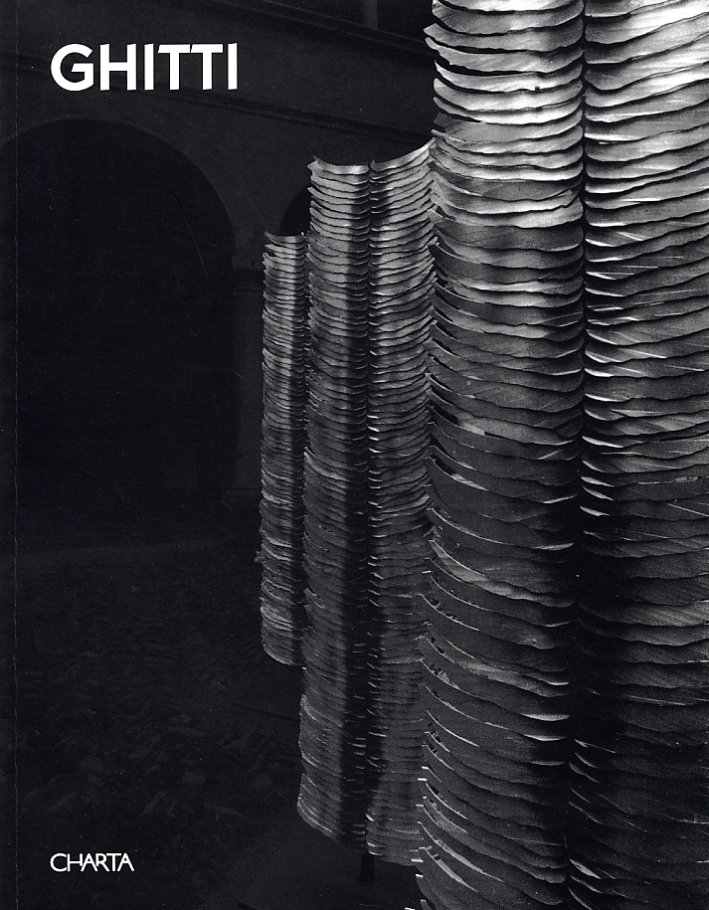
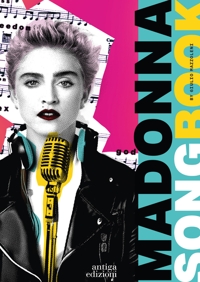

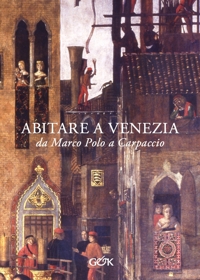
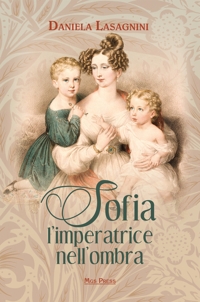
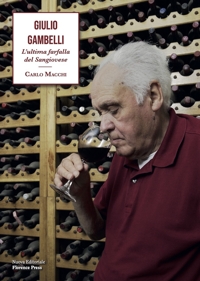
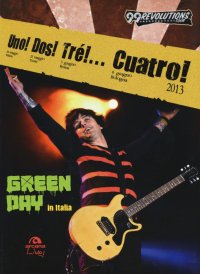

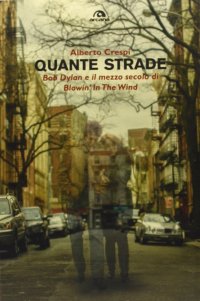
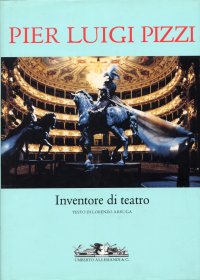

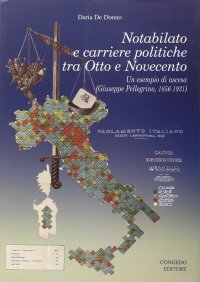
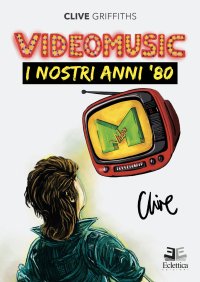

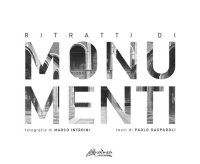
![Incantevole Puglia. Fra arte, storia e natura. [Edizione Italiana e Inglese]](https://immagini.libroco.it/copertine/IMMAGINI/3073/m-1536619.jpg)
